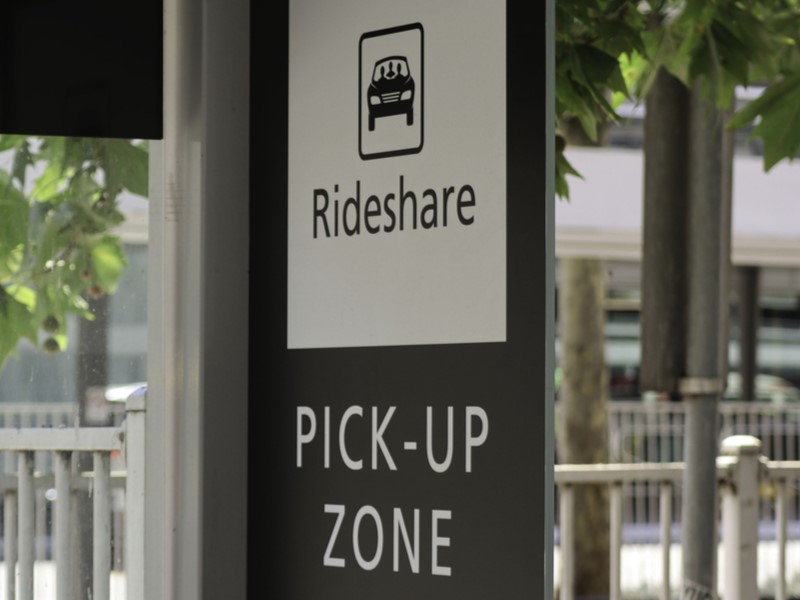Are rideshare drivers insured if they’re hurt on the job?

Your client is driving for a rideshare or food delivery company when an accident or other incident takes place.
The delivery or rideshare company’s app is switched on and functioning, so theoretically the client is covered by that company’s fleet policy.
Nevertheless, there may be gaps, says Matthew Owen, a lawyer at Zarek Taylor Grossman Hanrahan LLP.
He gives the example of a food delivery driver who parks and exits the car and then slips and falls while walking to a restaurant to pick up a customer’s food order.
“Whether or not those sorts of circumstances will constitute an accident, and whether a motor vehicle liability policy would have to respond, [is unclear],” he tells Canadian Underwriter. “In fact, it is unlikely that the automobile policy would cover that scenario.”
Rideshare companies have made some attempts to fill that gap. For example, Uber Eats has secured accident and sickness coverage for bike couriers and is registered with Ontario’s Workplace Safety and Injury Board (WSIB). It is not yet clear whether that coverage extends to drivers who have exited their cars and are injured in the course of their employment.
Related: Why rideshare drivers take unnecessary coverage risks
While a rideshare driver who’s in a car accident while the app is on would claim under the fleet policy, that same coverage might not apply to a driver who got out of the car and suffered a back or knee injury while helping a rideshare customer lift their luggage.
“There’s going to be some of those circumstances where, at least from an accident benefits perspective, [the question] is going to be whether they were in an accident at all. And if they’re not in an accident, they’re not entitled to any benefits,” Owen says.
“But they’re still injured. They’re in the course of this [rideshare] business. And that’s a potential gap, because in the [rideshare apps’] marketing materials you’re [told you are] covered when you’re engaged in this business.”
Still, he suggests, there may be circumstances in which drivers or delivery persons find that’s not the case. Even when they’re ostensibly using the app and engaged in the business, the test is whether or not the injury arose as a result of the use or operation of an automobile.
“There’s a whole body of case law involving [legal tests] about whether or not the use or operation of a motor vehicle is what caused the injury,” he says. “And part of that is whether or not the incident can fairly be considered a normal incident of the risk created by the use and operation of the automobile.”
Related: How accident claims hit rideshare drivers’ personal auto policies
The first hurdle, or purpose test, asks whether an injury arose from ordinary, well-known activities in which automobiles are used.
The next hurdle involves ‘multi-factorial causation tests’ that ask whether operating the automobile was the direct cause of an impairment, and if ‘an intervening act or acts leading to injuries could not be said to be part of an ordinary risk associated with using an automobile.’
“The first question, about whether the incident arose out of the ordinary and well-known activities to which automobiles are put, is often an easy test to meet,” Owen says.
“Then there’s the second part. [Would] the injuries have occurred but for the use and operation of that vehicle? And was there any sort of intervening event?
“One of the…guiding points is that the car can’t just be at the location that the injury occurred. It’s got to be the use and operation of the automobile itself that causes injury.”
Related: Do gig driver clients have the right auto coverage?
Feature image by iStock/robb1037







